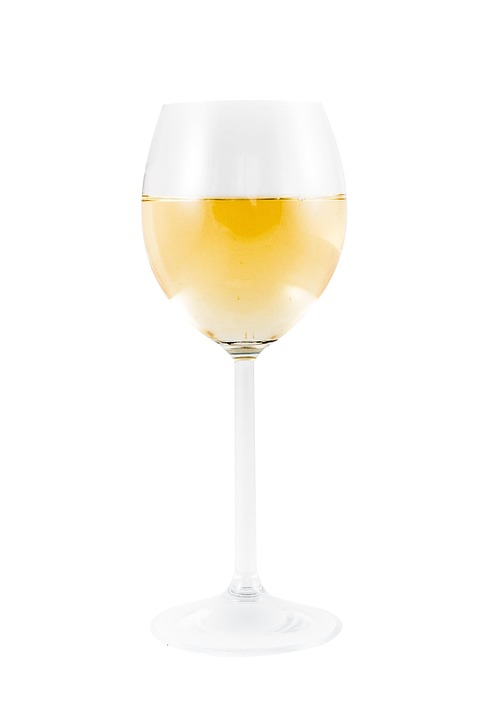Introduction
Cool climate regions are known for producing crisp and mineral-driven white wines that are highly sought after by wine enthusiasts. In this report, we will explore the reasons behind why cool climate regions are able to produce such distinctive white wines, the financial implications of this trend, and the key players in the industry.
Factors Contributing to Crisp and Mineral-Driven White Wines
Temperature
One of the primary reasons why cool climate regions produce crisp and mineral-driven white wines is the lower average temperatures in these areas. Cooler temperatures slow down the ripening process of the grapes, allowing them to develop more acidity and retain their natural flavors. This results in wines that are more refreshing and have a higher level of acidity, which contributes to their crispness.
Soil Composition
The soil composition in cool climate regions also plays a significant role in the characteristics of the white wines produced there. Many cool climate regions have mineral-rich soils, such as limestone and schist, that impart unique mineral flavors to the grapes. These mineral notes are then reflected in the final wine, adding complexity and depth to the flavor profile.
Extended Growing Season
Cool climate regions often have longer growing seasons, with grapes ripening at a slower pace due to the cooler temperatures. This extended growing season allows the grapes to develop more complexity and flavor compounds, resulting in white wines that are aromatic, balanced, and nuanced. The gradual ripening process also helps to preserve the natural acidity of the grapes, contributing to the crispness of the final wine.
Varietal Selection
Certain grape varieties thrive in cool climate regions and are well-suited to producing crisp and mineral-driven white wines. Varietals such as Chardonnay, Sauvignon Blanc, Riesling, and Pinot Grigio are commonly grown in cool climate areas due to their ability to retain acidity and develop complex flavors in these conditions. Winemakers in cool climate regions often focus on these varietals to showcase the unique characteristics of their terroir.
Financial Implications
Market Demand
Crisp and mineral-driven white wines from cool climate regions have been gaining popularity in recent years, with consumers seeking out wines that are refreshing, nuanced, and food-friendly. As a result, there is a growing market demand for these wines, leading to increased sales and profitability for wineries in cool climate regions.
Pricing and Profitability
Due to their unique characteristics and higher quality, white wines from cool climate regions often command higher price points in the market. Wineries that produce these wines are able to capitalize on this trend by pricing their products accordingly, resulting in higher profitability and revenue streams. This has led to a thriving wine industry in many cool climate regions, with wineries seeing significant financial success.
Key Players in the Industry
Domaine Laroche
One of the leading producers of crisp and mineral-driven white wines from cool climate regions is Domaine Laroche, based in Chablis, France. Known for their Chardonnay wines that showcase the unique terroir of Chablis, Domaine Laroche has gained international acclaim for their high-quality, elegant wines.
Dr. Loosen
Another key player in the industry is Dr. Loosen, a German winery that specializes in Riesling wines from the Mosel region. Dr. Loosen is renowned for producing vibrant, mineral-driven Rieslings that perfectly capture the essence of the cool climate terroir. Their wines have received numerous accolades and awards, solidifying their reputation as a top producer in the industry.
Cloudy Bay
Cloudy Bay, located in Marlborough, New Zealand, is a well-known producer of Sauvignon Blanc wines that exemplify the characteristics of cool climate regions. Their wines are highly aromatic, crisp, and mineral-driven, making them a favorite among wine lovers worldwide. Cloudy Bay has played a significant role in putting New Zealand on the map as a premier producer of white wines from cool climate areas.
In conclusion, cool climate regions are able to produce crisp and mineral-driven white wines due to a combination of factors such as temperature, soil composition, extended growing seasons, and varietal selection. The financial implications of this trend are positive, with growing market demand, higher pricing, and increased profitability for wineries in these regions. Key players in the industry, such as Domaine Laroche, Dr. Loosen, and Cloudy Bay, have established themselves as leaders in producing high-quality white wines that showcase the unique characteristics of cool climate terroir.




